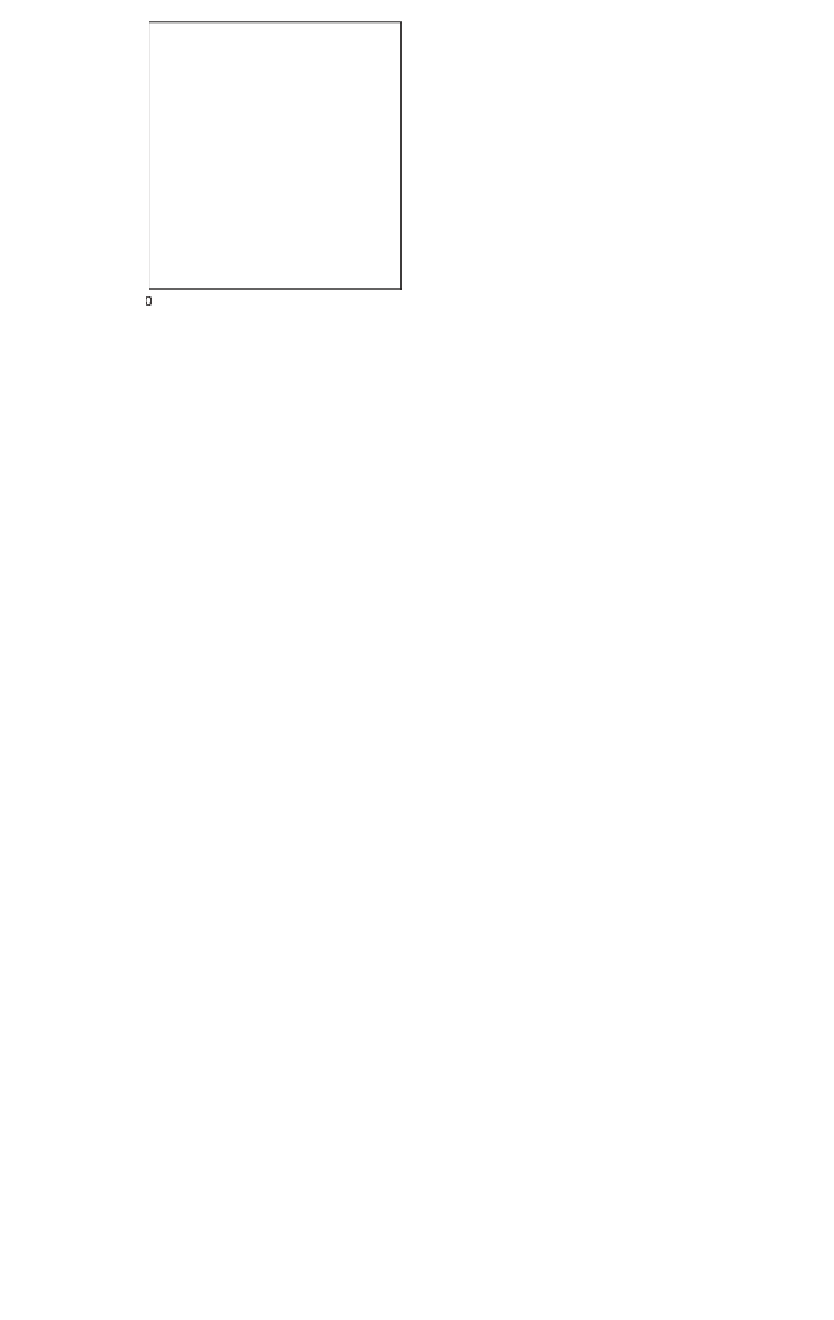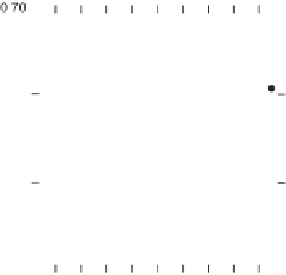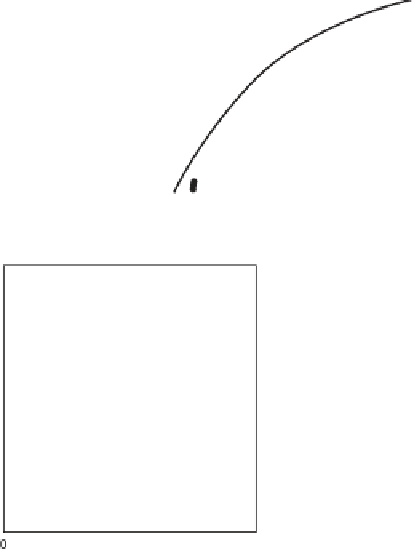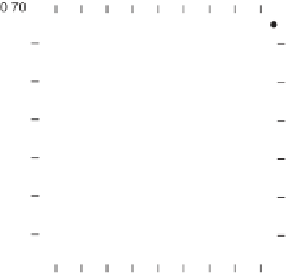Agriculture Reference
In-Depth Information
1
2
3
4
5
6
7
8
9
10
11
12
13
14
15
16
17
18
19
20
21
22
23
24
25
26
27
28
29
30
31
32
33
34
35
36
37
38
39
40
41
42
43
44
45
46
[63],
Line
——
-1.1
——
Norm
PgEn
[63],
Fig
ure 5.4
The relationships between total wet biomass of grass canopy (
>
90 green) and (A)
the red (0.63-0.69
µ
m) spectral radiance, (B) near-infrared (0.75-0.80
µ
m) spectral radiance,
and (C) the normalized difference vegetation index (from Tucker, 1977).
vegetation identification. In fact, all of the slope-based VIs can be shown to
be functionally equivalent to each other (Perry and Lautenschlager, 1984).
D
istance-Based Vegetation Indices
Perpendicular Vegetation Index
The family of distance-based vegetation
indices were originally derived from the perpendicular vegetation index
(PVI) formulated by Richardson and Wiegand (1977). The principal ob-
jective of these VIs is to eliminate the effect of soil brightness over surfaces
of incomplete vegetation cover where a mixture of green vegetation and
soil background dominates the surface. This is particularly important in
detecting the presence of vegetation in arid, semiarid, and subhumid en-
vironments. The procedure for deriving the PVI is based on the soil line
concept, which describes the typical range of soil signatures in red/near-
infrared bispectral plots. The soil line is computed by linear regression of

































































































































































Search WWH ::

Custom Search